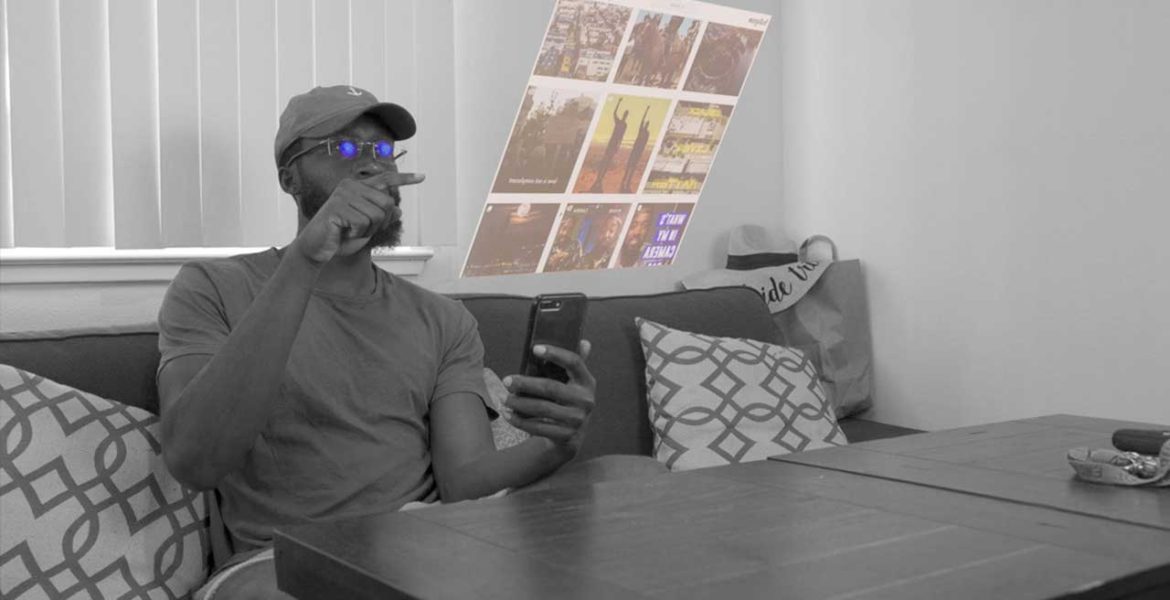By Lana Zeidan, Venous Downing and Rachel Noce
Retail has changed significantly in recent years, adapting to—and in some cases driving—consumer preferences for convenience, product knowledge, and speed of acquisition. And now the industry has experienced even more changes, this time suddenly and quite unexpectedly necessitated by the COVID-19 pandemic, many of which will likely stick longer-term. So, how do retailers and brands within brick-and-mortar retail environments move forward? Is this the end of in-store retail? Absolutely not!
Now, more than ever, retailers need to have a well-thought-out omnichannel strategy for telling their brand story better across all possible channels, integrating the brick-and-mortar in-store experience, online, mobile, and everywhere else—for holiday and beyond—to create an optimal retail experience. Here are some trends we’re seeing in retail and some tips on how to remain nimble for what is sure to be an interesting time ahead.
More and more, the retail experience will happen out of the store
Long gone are the days (at least for the foreseeable future) when consumers roamed store aisles aimlessly. With in-store trips being reserved for essentials and necessary customer support not available online (most likely completely decimating our traditional in-store Black Friday for holiday 2020), retailers and consumers are shifting even more so toward digital. This means Amazon’s Prime Day, Small Business Saturday, and Cyber Monday will be bigger than ever this year, with 66% of shoppers anticipating they will increase their online purchases during the holiday season. And with two-thirds of Gen Z consumers surveyed by Salesforce Research saying they’ve purchased on social media platforms during the pandemic, social media is emerging as an increasingly important platform to use to engage with customers.
Here’s how to cash in:
- Make it easier for your customers to buy. Contactless experiences and services like purchase online/pick up on-site, hyperlocal delivery, and extra content and resources available online for consumer discovery/research of products can speed up the purchase process.
- Reinvent public spaces. Create shopping environments outdoors to give shoppers space to browse and more incentive to discover products in person.
- Meet your customers where they are—at home. Nielsen tracking since the start of COVID-19 and social distancing shows that (not surprisingly) consumption of video content has increased significantly. So consider investing in on-demand retail at home to give consumers an in-store experience and customer support without leaving their couches.
- Allow them to touch and feel—from a distance. Take advantage of augmented reality (AR), which is more readily available on consumer apps. Or bring demonstrations to the consumer’s mobile device so they can experience products on demand.
Experience and discovery will prevail for many types of purchases
In-store visits are still very much part of the purchasing process—and a craved element of the shopping experience. They will be judged with more purposeful intent, now more than ever, as customers weigh the costs and benefits of going in-store, to fill gaps of information they couldn’t find online—to help with their final purchasing decisions.
Here’s how to cash in:
- Transform retail spaces into showrooms. Merchandise and place items so they’re more visible to the customer without the need for touching the items.
- Create customized experiences. Limit the number of people in-store for more-personalized attention with visits by appointment.
- Invest in tech reality. AR is the new must-have fixture for interior spaces with interactive content central to the shopping experience.
- Identify and work with influencers niche to your product, brand, or segment. Data has shown that consumers increasingly rely on influencers to learn more about how the products they are interested in work. And brands are relying on influencers more and more as this pandemic continues on. If you haven’t jumped on the influencer bandwagon, it’s time to.
Adapt or become obsolete
In retail, you must constantly adapt and change. The world doesn’t move in 12- or 24-month cycles anymore and—as we’ve learned recently—your retail situation can change in a month, a week, or even a day. So you must be able to pivot and adapt in-store and online to provide support to your customers and your brand partners in any transition.
Here’s how to cash in:
- Stay on top of inventory and communicate (or pull ads on) shortages. With inventory levels being an issue across many industries, transparency with shoppers is important to ensure customer satisfaction and reduce frustration.
- Build scalable, flexible, and sustainable fixtures. In-store environments will have an ongoing expectation for cleanliness that is scalable and sustainable. Shoppers will expect interactivity.
- Think of your customer first. When considering a new brand purchase, availability, convenience, and value still matter to shoppers.
- Do your research and know your customers intimately. In order to sway an opinion or influence a purchase, you must know what they care about and what motivates them. And you must anticipate what they will want.
- Improve online merchandising. Bring physical stores online. The digital experience will need to be better at educating, incentivizing purchases, and encouraging new product trials.
Where to go from here
It’s important to take into consideration that all of this is dependent on shoppers’ comfort levels throughout the holiday season and beyond. State-by-state guidelines impact what consumers can and are willing to do and, since we’re still squarely in the midst of COVID-19, behaviors are changing constantly. While you can’t always anticipate every consumer’s specific needs, making their experience easier through touchless interactions, more seamless online and omnichannel experiences, and meeting them where they are, will go a long way in showing them that you care about them not only as consumers but as human beings as well, to help build relationships (and loyalty) well into the future.
Lana Zeidan is a senior strategist, P&E (Platforms and Ecosystems), Venous Downing is a senior strategy manager, Channel Marketing, P&E (Account/Content), and Rachel Noce is associate director, strategy, P&E (Account/Content) at Firewood, an S4 Capital (SFOR.L) company.

